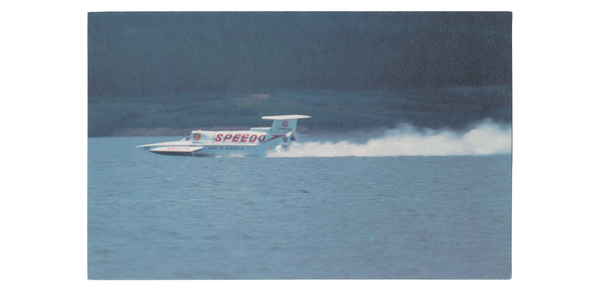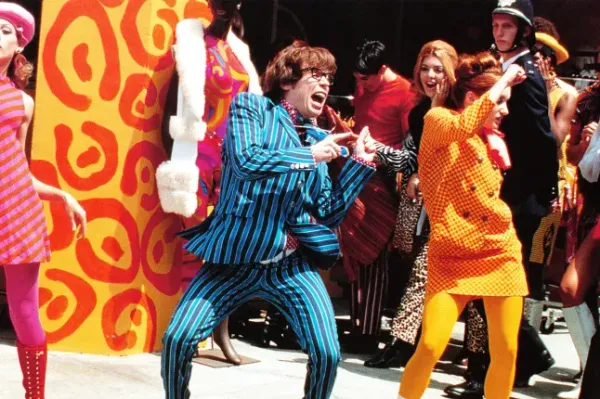The Abyss - Film Review Friday

“We all see what we want to see. Coffey looks and he sees Russians. He sees hate and fear. You have to look with better eyes than that.”
Stand on a shoreline on a clear night and gaze toward the horizon. Somewhere out there, just beyond your view, is the place where sky meets sea and the enchanting darkness of outer space merges with the ocean. In this place, stars drift into the currents and flow across the vast undulating mirror before coming to rest below their heavenly counterparts. Beneath the reflection of far-off galaxies and foam crested waves is a world of innate hostility where all familiarity has vanished. As you travel deeper, below the depths of schools of fish, where cool has turned to cold, and the oranges, reds and purples of the rising sun have vanished, our Earth becomes unrecognisable. This place is the setting for James Cameron’s The Abyss, a place where light gives way to darkness, awe gives way to terror, and amongst sunken, algae coated plastic waste, live creatures indistinguishable from aliens.
Mere months before the whimpering end to the Cold War at the Malta Summit in 1989 (at least the point of no return for the conflict), the last great movie of the era released to a similar whimper. Initially received with little more than a shrug of apathy or outright disregard, The Abyss has – rightfully – been reappraised in recent years. The film is a visual and technical marvel that not only serves as a microcosm of all the advances in filmic practice during the 45 years of Cold War, but also paved the way for the Hollywood film industry as it stands today. More than that, though, The Abyss is a remarkable exercise in generating empathy on screen, and is the most powerful and effective example of placing emphasis on emotional beats above conventional storytelling or plot.
The USS Montana, a nuclear submarine, has an encounter with an unseen entity who cuts the submarine’s power and sends the vessel careening into a deep-sea cliff, puncturing the hull. It sinks. In the following hours US and Soviet teams scramble for the sunken vessel in search of its cargo. The US military deploy a SEAL team led by Lt. Coffey (Michael Behin) to commandeer the ‘Deep Core’ an experimental oil drilling platform working on a shelf close to where the Montana sunk. The platform’s warden, Bud (Ed Harris) is agitated by the incoming group of marines and becomes even more so when he discovers the designer of the platform, his estranged wife Lindsey (Mary Elizabeth Mastrantonio), is descending with them.
The Abyss sees James Cameron take a turn from the action-heavy blockbusters he’d released prior to 1989, The Terminator and Aliens, and focus largely on the quiet intensity which in some ways is the greatest element of both of those prior works. This intensity works in fantastic symbiosis with the underwater setting. Cameron ratchets moments of mistrust and conflict in the confined space tighter and tighter until the audience themselves may feel they are silently drowning in the depths. But this is not the kind of movie that thrives off thrills and fear. No element emphasises this more than Alan Silvestri’s excellent score which lies dormant for much of the film, but swirls to life in key moments to punctuate scenes with grandiosity and wonder.
The performances from the three leads are outstanding. Ed Harris and Mary Elizabeth Mastrantonio have a palpable chemistry and are the soul of the movie. In one moment at the end of the second act (during the scene where Bud and Lindsey are stuck in a powerless vessel) Ed Harris makes what may be the best performance of his storied career. Like most Cameron films, the supporting cast are all truly memorable and too numerous to list off. He has a particular fashion of rapid characterisation which permits characters with few lines to stand out. You can see this in Bill Paxton’s unnamed punk character in The Terminator. In The Abyss this takes the form of ‘Hippy’s’ pet rat or ‘Catfish’s’ bright yellow shirt. No character is too small to warrant a unique element and everyone is distinct. However, no discussion of the acting in The Abyss would be complete without praise for Michael Biehn who gives one of the great villain performances of the eighties. He has a real undercurrent of menace to his performance, like a branch being pulled, set to either dangerously lash out or snap entirely.
The Abyss is a film loaded with innovation. The ‘water tentacle’ which mimics Lindsey’s face was the first piece of CGI of its kind. It took a team of over a hundred people at George Lucas’ Industrial Light and Magic (ILM) to bring the sequence to life. It’s one of the most awe-inspiring moments of computer generated imagery in cinema, right next to the reveal of the brachiosaurus in Jurassic Park four years later in 1993. The Abyss also marks the first instance of Cameron’s obsession with water and the oceanic exploration entering his filmography (if you don’t count Piranha II: The Spawning). To Cameron, the ocean is the last great unexplored region of Earth, making the location ripe for setting adventurous and ambitious films including Titanic, Avatar: The Way of Water, and countless filmed expeditions around the sea.
The Abyss is science fiction with a big heart. It has much to say about humanity and the issues of our nature, but by the time the credits roll it looks upon us favourably. There is an infectious sincerity to that conclusion, and as the score builds and all the loose threads of the story converge, you can’t help but share in it and marvel at the beauty of what we have.




